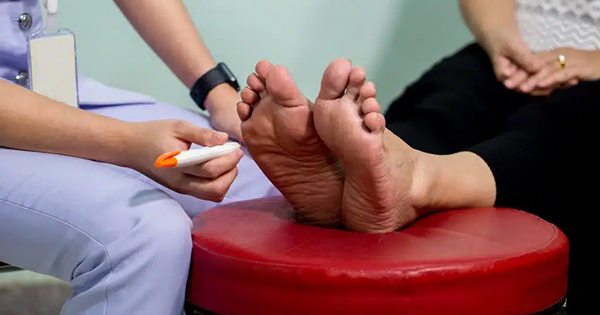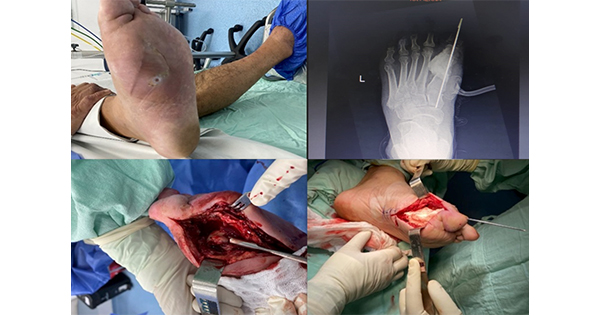The advent of computers and linked databases has lead to a plethora of meta-analyses and similar mega studies. I can think of few studies with as many participants as the main subject of this quarter’s editorial. Hippisley-Cox and Coupland reviewed data on nearly half a million people with diabetes from general practice in England to develop a model to predict the subsequent risk of blindness and the occurrence of a major lower limb amputation.
The best predictors of blindness in men and women included age, total:HDL cholesterol ratio, blood pressure, HbA1c, social deprivation, duration and type of diabetes, and presence of chronic kidney disease, proliferative retinopathy or maculopathy. Pre-existing eye disease was, unsurprisingly, the strongest predictor of future blindness.
The predictors of amputation were different for men and women. For both genders they included age, systolic blood pressure, HbA1c, social deprivation, diabetes duration, smoking status, ethnicity, rheumatoid arthritis, congestive heart failure, pre-existing peripheral vascular disease and chronic renal disease. Additional risk factors in men only were the type of diabetes and the presence of atrial fibrillation. I think most foot care practitioners, if asked to come up with a list of likely predictors, would have included the majority of these. Interestingly, factors such as BMI and cholesterol level did not predict amputation risk.
The authors then used these risk factors to develop a predictive algorithm which, if the values are entered into a web-based program, generates the absolute risk of blindness or amputation. This is my main concern. What do we do with such numbers? For heart disease, for example, the 5-year or 10-year risk levels at which statins and other cardiovascular risk reduction strategies are employed are not only balanced with the adverse effects of treatment but can also be modified by a single intervention.
What are we to do with the output from this algorithm? What is an acceptable risk of amputation? How do we modify factors such as deprivation, ethnicity, heart failure or rheumatoid arthritis? How do we approach our patients to have a sensible debate about what is and is not changeable to reduce their risk, and are we equipped with the communication skills to do so? A paper which sets out to provide answers to these questions may actually be demanding even more from our practice.
To read the article summaries, please download the PDF from the article options link at right.




